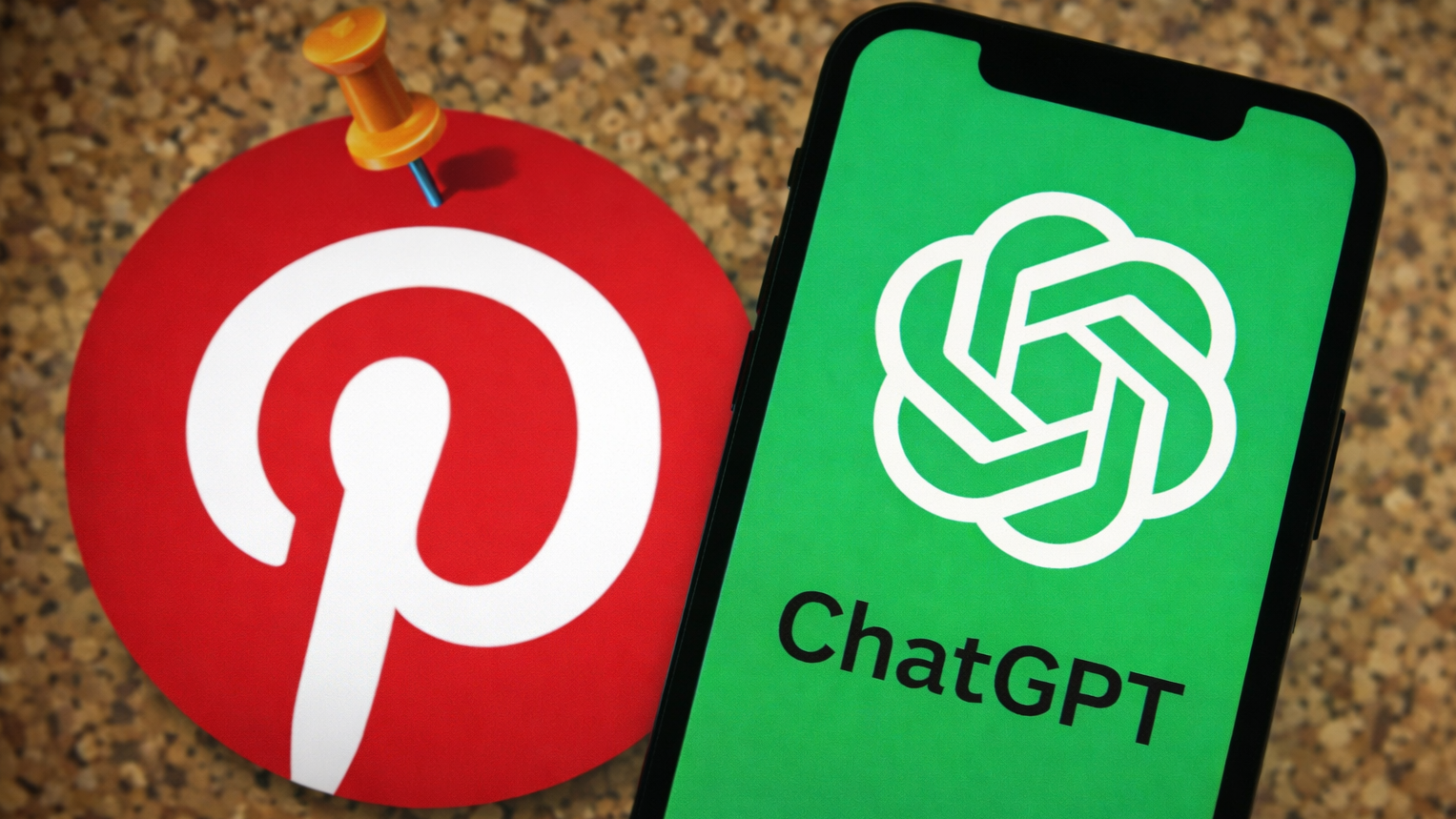
iPhone users have had to live with a notch on their display since 2017. But a new report suggests Apple will shake things up for at least iPhone 14 model. While that's welcome news, that same report suggests the standard iPhone 14 may be sticking with its current refresh rate even with fast-refreshing screens becoming standard among flagship phones.
All that's contained in a report from Korean outlet The Elec, which offers some supply chain news about the iPhone 14. The relevant portion for consumers concerns news that LG will supply Apple with some LTPO OLED panels for the iPhone 14 Pro Max, and that they'll have a punch-hole — in other words, bye-bye, notch.
Ross Young, co-founder and CEO of Display Supply Chain Consultants, or DSCC, was able to confirm to Tom's Guide via email that LG would be making some displays for the iPhone 14 Pro. Per The Elec, Samsung will supply all LTPO OLED panels for the iPhone 14 Pro. All this squares with an earlier report from The Elec claiming the iPhone 14 Pro will have a hole punch display.
That same Elec report also notes a supplier that doesn't currently make a fast-refreshing displays will be supplying some panels for the 6.1-inch iPhone 14 — potentially signaling that Apple's standard iPhone won't see a faster refresh rate in the fall. The iPhone 13 and iPhone 13 mini both feature 60Hz refresh rates.
Young told us that he believes Apple will likely keep the base iPhone 14 and the rumored iPhone 14 Max at 60Hz as a means of product differentiation. Reports have suggested that Apple is dropping the iPhone mini from its lineup in favor of a 6.7-inch phone that's cheaper than the Pro version — potentially unwelcome news for those that benefit from smaller handsets.
The Elec did not confirm in its report if the iPhone 14 Pro and iPhone 14 Pro Max would use LTPO 2.0 technology, smoother displays that are confirmed to be coming to the OnePlus 10 Pro and seemingly to the Xiaomi 12 Pro.
One of the main advantages of LTPO backplanes, or low-temperature polycrystalline oxide, is that it allows screens to quickly change refresh rates from 1Hz to 120Hz. This can benefit battery life, as static images on screen will clock at 1Hz and quickly snap to 120Hz when needed.
Get instant access to breaking news, the hottest reviews, great deals and helpful tips.
This report is also unfortunate for Apple users not keen on spending extra cash for Pro models, especially considering some of our picks for the best cheap phones, like the Samsung Galaxy A32 5G and OnePlus Nord N200 5G, ship with 90Hz displays.
Either way, LTPO OLEDs make for incredible smartphone displays, and we hope more future iPhones adopt the technology. At least the Pro model will reportedly see a major camera upgrade, forgoing the 12MP sensor we've been seeing for years. We also feel the iPhone 14 would be pointless in the age of Covid without this one specific feature. And be sure to read our compilation of must-haves for the iPhone 14 based on current rumors.

Imad is currently Senior Google and Internet Culture reporter for CNET, but until recently was News Editor at Tom's Guide. Hailing from Texas, Imad started his journalism career in 2013 and has amassed bylines with the New York Times, the Washington Post, ESPN, Wired and Men's Health Magazine, among others. Outside of work, you can find him sitting blankly in front of a Word document trying desperately to write the first pages of a new book.
